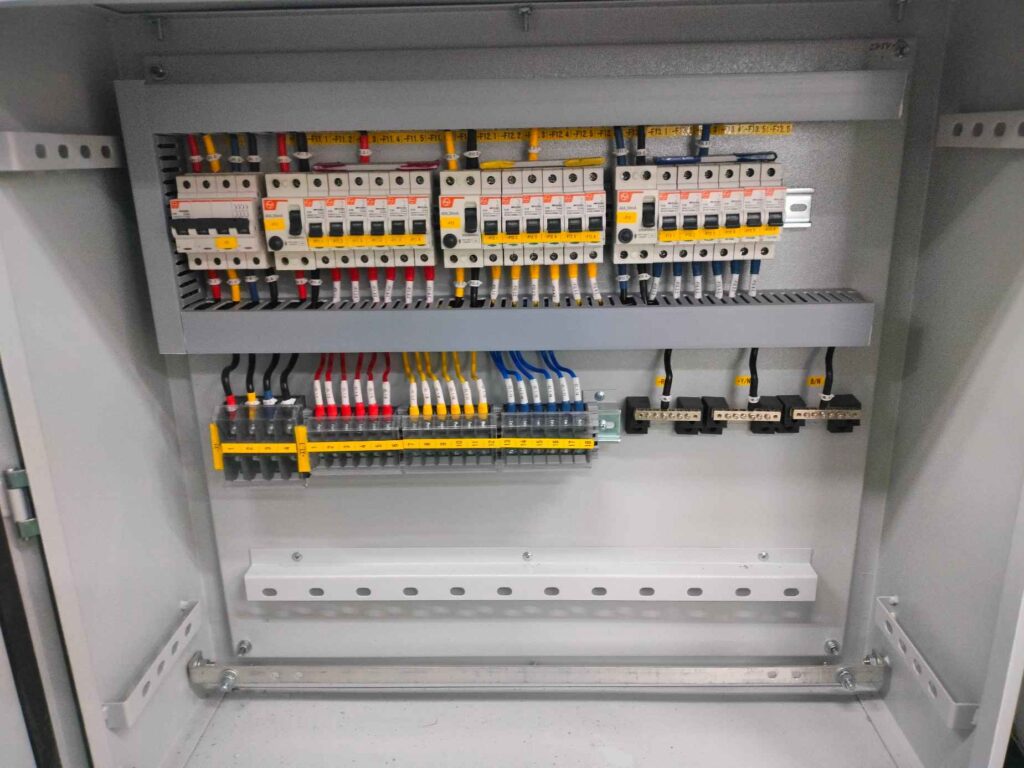
Every place that uses electricity depends on one main control point, even if most people never look at it. That point is the distribution board. It quietly takes the incoming power and spreads it across lights, machines, fans, and every other thing that runs on current. Without good distribution board, no setup stays stable for long.
Why The Board Is More Than Just A Box
People often call it a panel or fuse box, but it is really the heart of the system. It splits power into smaller circuits so that one fault does not switch off the entire building. It also allows a technician to isolate one line, work safely, and turn it back on later without disturbing the rest.
Main Elements Inside That Keep Power In Line

When you open one, you will see a few parts doing the heavy lifting:
- The main switch that cuts all power instantly when needed.
- Circuit breakers that stop overcurrent before wires burn.
- Busbars, thick copper or aluminum strips moving power to each breaker.
- Neutral and earth bars to close the loop and stay safe.
- And often RCDs or RCBOs to save lives if a leak or shock happens.
Each plays a quiet part in keeping order inside the panel.
Single Phase And Three Phase Differences
Homes usually run on single phase. It is simple and handles regular appliances. Industries use three phase because machines pull heavier loads. The three-phase version looks bigger, carries three live wires, and needs better balancing so one line is not overloaded while another stays idle.
Adding Safety To Complete The Setup
The breakers only stop high current, not high voltage. Lightning and power grid switching can push voltage up suddenly and fry connected devices. Knowing distribution board vs switchboard solves that gap. It gives the surge a safe route to ground instead of letting it pass through your electronics. A small unit, but it often saves thousands in repairs.
Keeping Space For Tomorrow’s Upgrades
Smart builders always leave extra slots in the board. When new machines or lights come later, you just add another breaker instead of tearing the wall open. It costs nothing today but saves hours in the future.
When a board is wired neatly, grounded well, and inspected often, the power inside the building stays calm. You do not see it work, but you feel the result like no flicker, no heat, no shock. That is what safe power control looks like, simple but strong.








